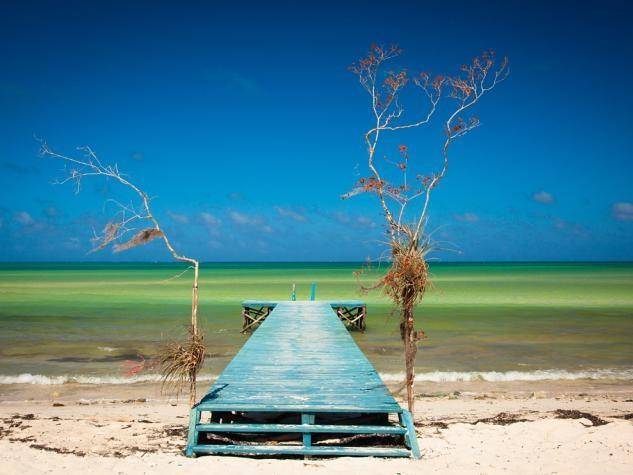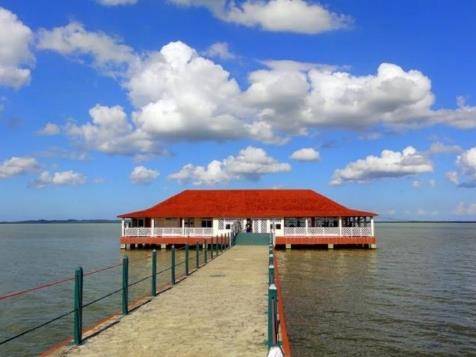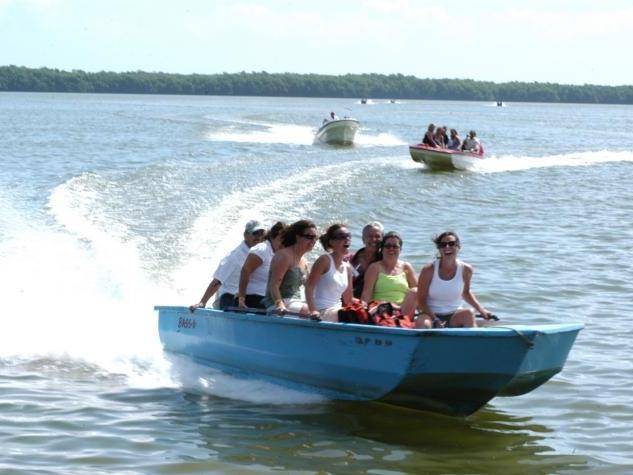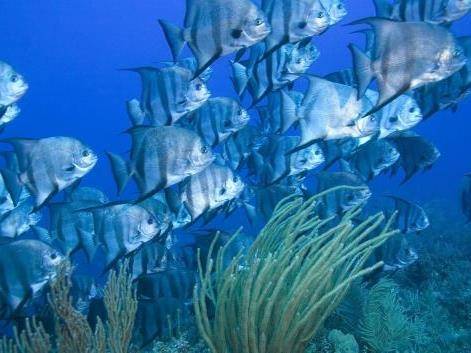
Flamenco beach
Considered one of the finest beaches on Cayo Coco due to the cleanliness of its waters and the beautiful stretch of sand, approximately 3 km long. Your only encounter may be with the graceful pink birds this beach is named after.
New account? Signup
Located by Cayo Coco beach, in Ciego de Avila province. It is surrounded by an exuberant garden and skirted by a navigable natural lagoon.

Considered one of the finest beaches on Cayo Coco due to the cleanliness of its waters and the beautiful stretch of sand, approximately 3 km long. Your only encounter may be with the graceful pink birds this beach is named after.

This lagoon is located between Moron City and Jardines del Rey Tourist polo and is the largest natural reservoir in Cuba, with a surface area of 66 km2. It provides a haven for flamingos and a variety of other bird species as Tocororo, carpintero churroso, Mayito de Ciénaga, cernícalo, aura tiñosa, zunzún, martín pescador, falcón, gavilán del monte, and some migratory as huyuyo duck.

This lagoon is located on the way to Cayo Coco and is navigable across its 4.5 km² surface. It boasts beautiful natural canals, flanked by a dense forest of mangroves. The International Trout Center is located in this lagoon, due to the fact that it is one of the largest reservoirs for this species on the Island.

This is the second largest in the world, exceeded only by the Great Barrier Reef in Australia. Enjoy snorkeling in the coral reef and look the different sea species living at the reef. Its 24 dive sites are ideal for scuba diving and underwater photography.
Skedio, S.L. CIF: B62163670. # Travel Agency Licence: GC-3667 © 2025 Skedio Travel Group, All rights reserved